Sand substitute?
Fleur
18 years ago
Related Stories
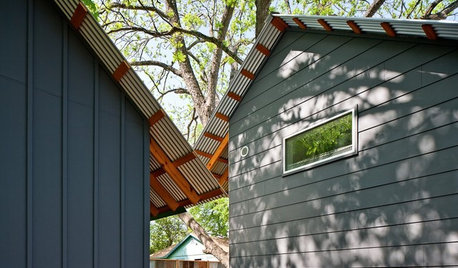
REMODELING GUIDESFiber Cement Siding Takes a Front Seat
Not just a wood or vinyl substitute, fiber cement is a stellar siding choice in its own right for modern home exteriors
Full Story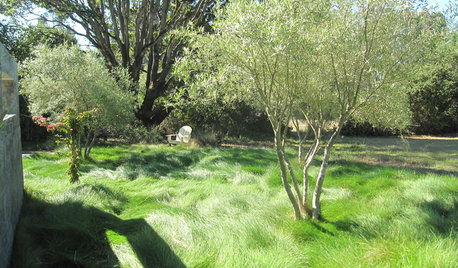
GARDENING AND LANDSCAPING7 Ornamental Grasses for Coastal Gardens
These hardy seashore plants evoke the ocean, sway in the breeze and help prevent sand erosion in the landscape
Full Story
DECORATING GUIDESSo Your Style Is: Coastal
Bright and breezy, coastal style transports you straight to the beach no matter where you call home
Full Story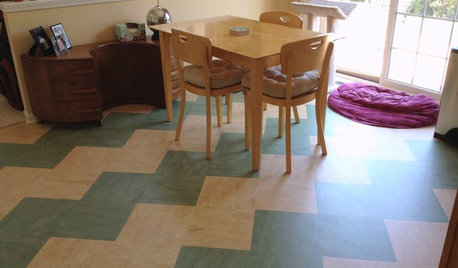
REMODELING GUIDESLinoleum, the All-Purpose Flooring Wonder
Dashing in a rainbow of colors, able to be cleaned with ease and courteous to budgets everywhere, linoleum is a super choice for floors
Full Story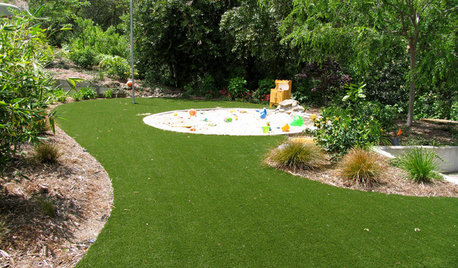
HEALTHY HOMEHow to Babyproof Your Yard
Oh, baby, it’s a wild world. Make it safer for your young one with these strategies from a pro
Full Story
MATERIALSMaterials Workshop: Polycarbonate — a Low-Cost Alternative to Glass
Looking for something lighter, stronger and less expensive than glass? Multiwall polycarbonate may be a good option
Full Story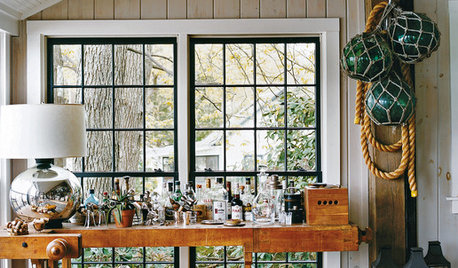
DECORATING STYLESThe Comfy Lake House Rule Book
Bunk up and get the s'mores supplies ready for some old-school lake camp weekending
Full Story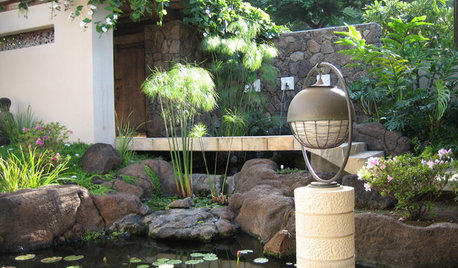
LANDSCAPE DESIGNRecipe for Asian Edible Garden Style
A surprising number of food plants are hiding out in Asian-themed landscapes. Add a few more and extend the Zen flavor to the kitchen
Full Story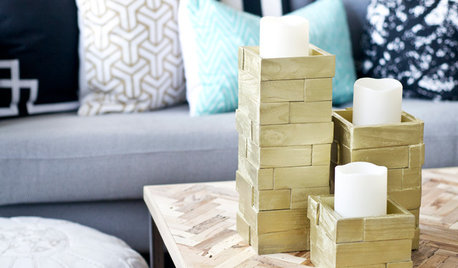
DIY PROJECTSMake Fall-Perfect Wooden Candleholders — Without a Woodshop
Store-bought wood shims and glue mean you can hand craft these eye-catching holders with less fuss
Full Story
GARDENING GUIDES6 Dependable Ground Covers for Warm Climates
Swap some lawn for these drought-tolerant clumping plants — and watch your maintenance efforts diminish while they easily grow
Full Story





tufaenough
billie_ann
Related Professionals
Ashburn Landscape Architects & Landscape Designers · Carson Landscape Architects & Landscape Designers · Erie Landscape Architects & Landscape Designers · Glendora Landscape Architects & Landscape Designers · Quincy Landscape Architects & Landscape Designers · Rancho Palos Verdes Landscape Architects & Landscape Designers · Jackson Landscape Contractors · Concord Landscape Contractors · Manhattan Landscape Contractors · National City Landscape Contractors · North Lauderdale Landscape Contractors · Pleasant Prairie Landscape Contractors · Uxbridge Landscape Contractors · West Orange Landscape Contractors · Four Corners Landscape Contractorstufaenough
FleurOriginal Author
tufaenough
FleurOriginal Author
tufaenough
tango88
tufaenough
tango88
FleurOriginal Author
tango88
tufaenough
rockyn
FleurOriginal Author
tango88
FleurOriginal Author
tufaenough
Bamatufa
tufaenough
FleurOriginal Author
tango88
tufaenough
Chilby
User